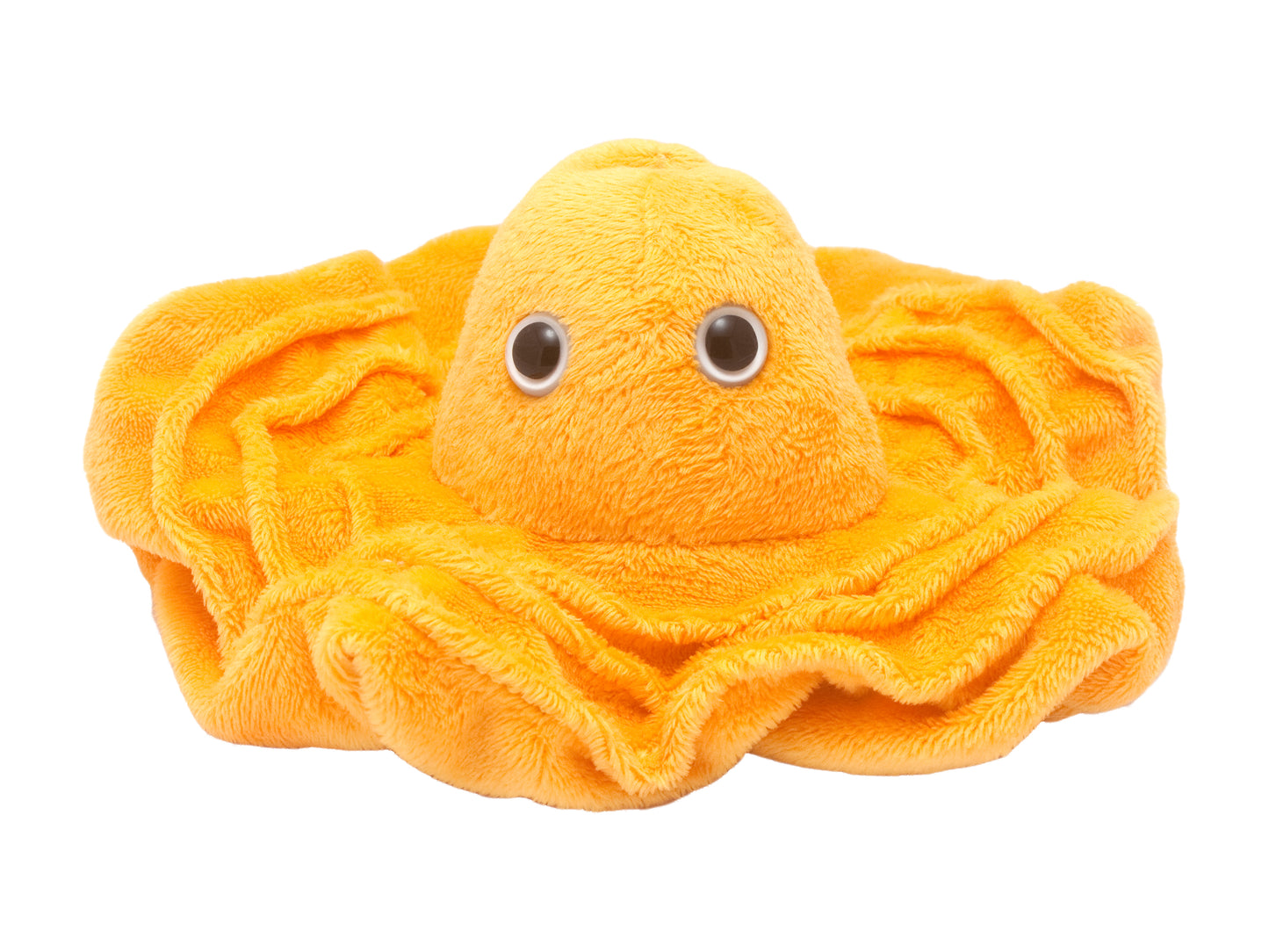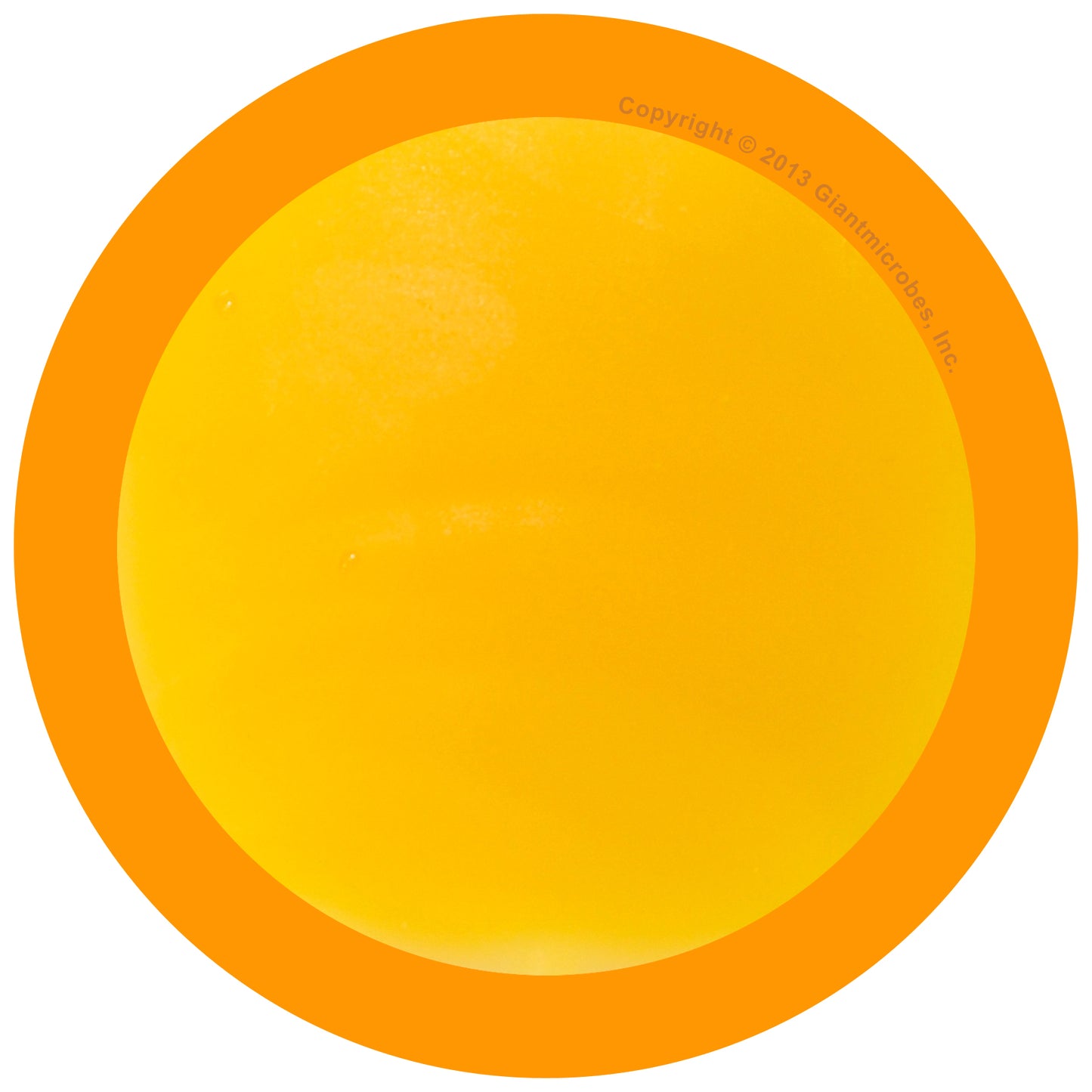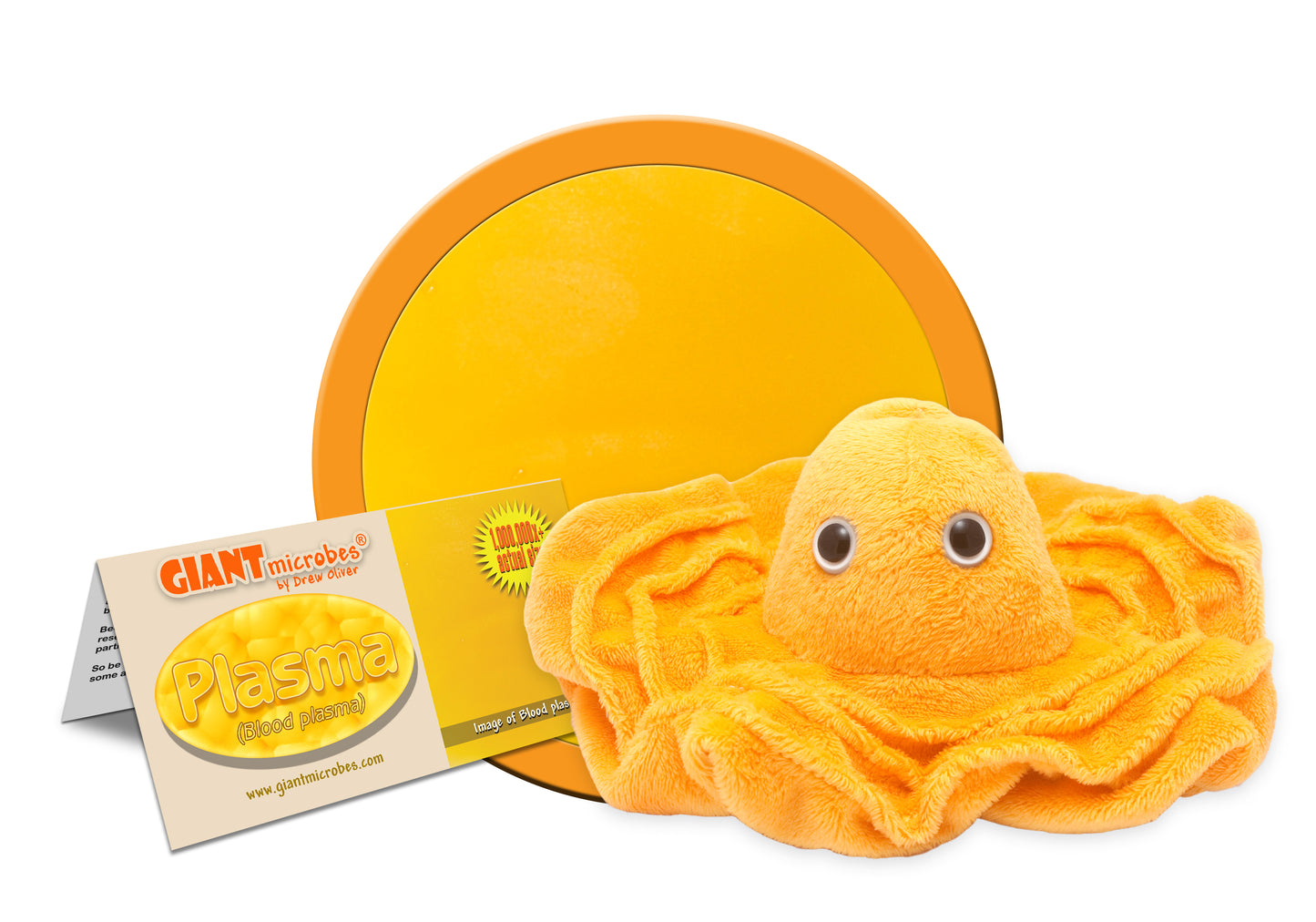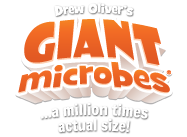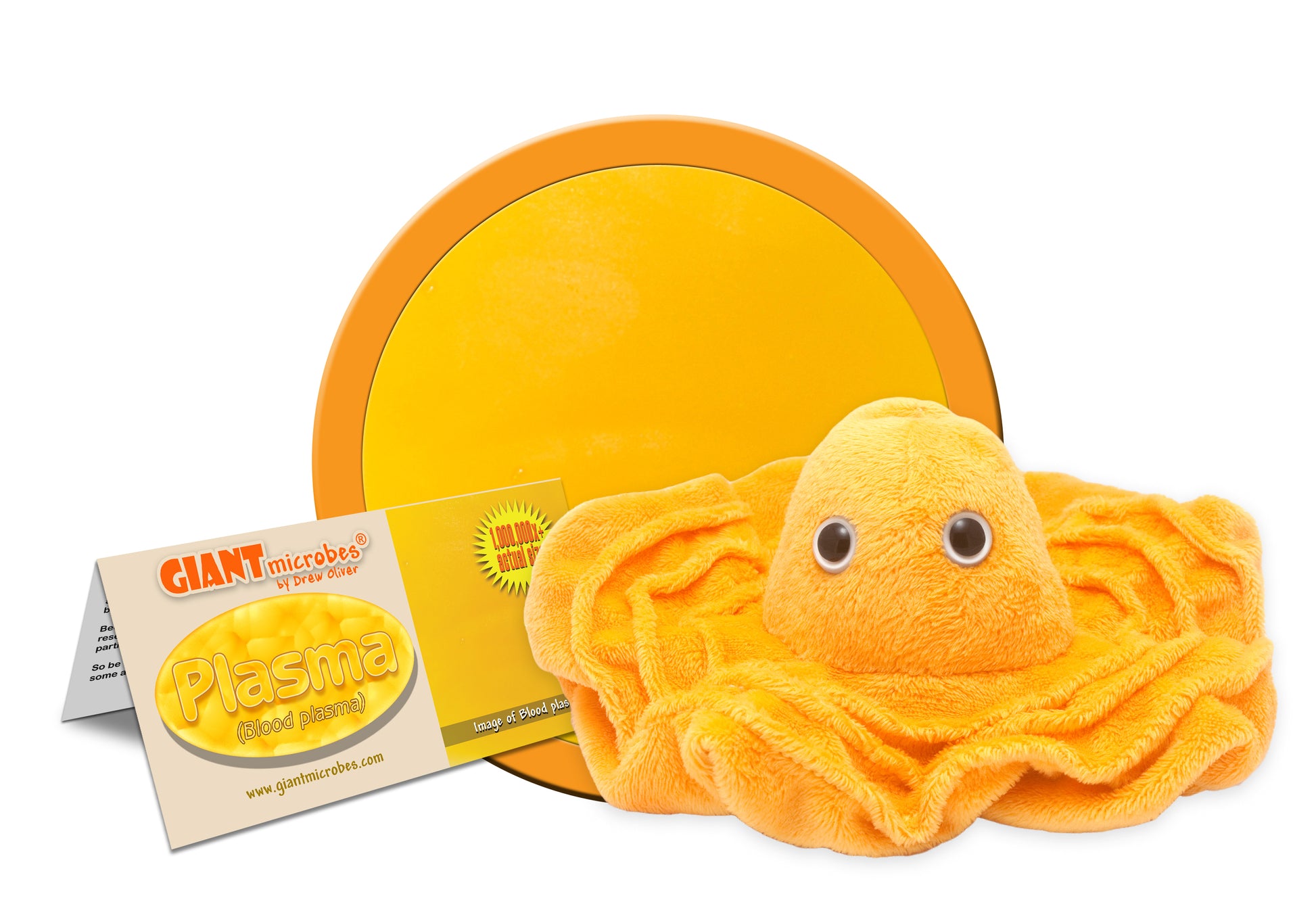Plasma (Blood Plasma)
Plasma (Blood Plasma)
Couldn't load pickup availability
- Fun gift idea for a medical professionals
- Educational item for transfusion patients
All About Plasma (Blood Plasma)
FACTS: Plasma is the pale liquid that makes up about 55% of your blood. The other blood components – red blood cells, white blood cells, and platelets – are suspended in plasma, and it allows them to travel through the blood vessels and around your body!
But plasma is more than just a passive transportation system for blood cells. Plasma itself plays a critical role in carrying waste products to the kidneys, liver, and lungs where they can be removed from the body. Plasma also helps maintain normal blood pressure and helps regulate the body’s temperature.
While plasma is about 93% water, it contains a myriad of important substances such as clotting factors and proteins, lipids and hormones, enzymes and antibodies, vitamins and minerals, sugars and salts and fats.
Needless to say, these are all critical components. But amazingly, if the water is removed, it is possible to preserve the residue and then re-hydrate it later using distilled water, a technique developed during World War II to aid soldiers. Plasma can also be frozen solid and kept for nearly a decade before use!
Because plasma can be readily preserved, blood banks keep plenty on reserve for medical transfusions. But fresh supplies are always needed, particularly of the AB-type which is universal and can be received by anyone.
So be thankful for your wondrous water of life – and think about passing some along!
| DESCRIPTION | Imagine that somebody on a riverbank needed help, and a raft was on its way with supplies. It is obvious that the raft was important for getting the supplies there, but the river also played an important role by transporting that raft. Plasma is the river, and red blood cells (hyperlink to red blood cells), white blood cells (hyperlink to white blood cells), and platelets (hyperlink platelets) are the rafts. Without the liquid to travel through, the cells would not be able to do their job of helping the body. Plasma, a pale yellow liquid, makes up 55% of the blood’s total volume and it maintains blood volume and pressure. The plasma contains electrolytes, enzymes, clotting factors and antibodies (hyperlink to antibody). |
|---|
| NAME | From the Greek: Plásma = molded or formed. |
|---|
| SYSTEM | Circulatory System |
|---|
| QUANTITY | Plasma makes up 55% of the total blood volume, which in an adult human is around 5 liters. |
|---|
| HISTORY | 1940: Charles Drew discovered a way to dry plasma to preserve it for use in later transfusions. This saved many lives in WWII. |
|---|
| FASCINATING FACTS | Frozen: Blood plasma is frozen within 24 hours of donation to preserve the clotting factors. Universal Donor: For red blood cell donation, O- is the universal donor because of the lack of A/B antigens. For plasma donation, type AB is the universal donor because the plasma doesn’t contain antibodies that would react with potential antigens in the recipients’ blood. Plasma in Culture: Plasma: a German Electro-Rock band whose new album is titled “Replay Terror.” Horse Blood Plasma: Artist Marion Laval-Jeantet injected herself with horse immunoglobulins and horse blood plasma to explore the divide between human and animal. |
|---|
